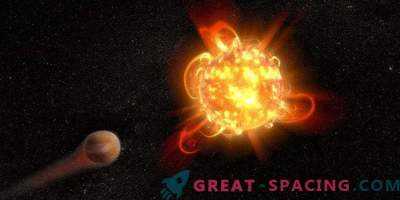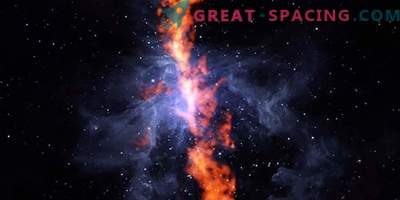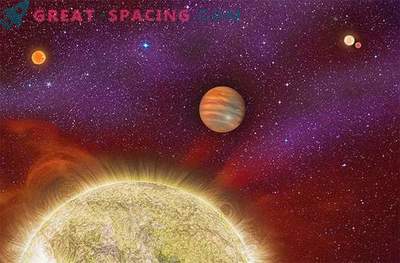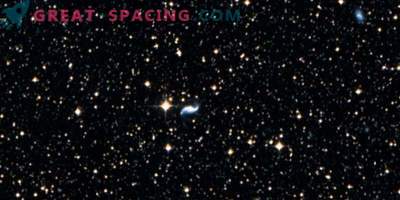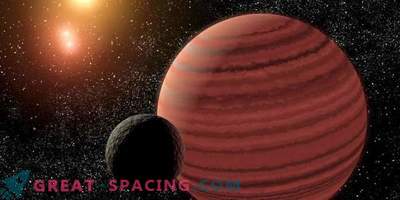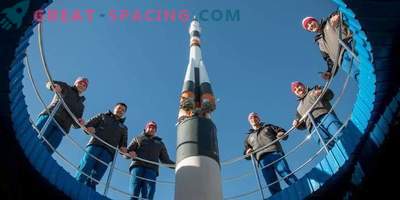
The James Clark Maxwell Telescope (JCMT), located in Hawaii, managed to capture a stellar flash, which is 10 billion times more powerful than a solar flare. This historical discovery can help us understand the origin of the sun and the planets of the system.
Such a discovery could only happen in Hawaii. With the help of JCMT, you can study the birth of nearby stars, as well as understand the features of the native solar system. Observations of flares around young stars is a new territory that demonstrates the physical conditions of these systems.
The JCMT team was able to register an outbreak of 1500 years ago, using the most advanced high-frequency radio technology of the telescope and complex methods of image analysis. The baseline data was obtained with a SCUBA-2 camera, which is saved at a temperature regime of -459.5 degrees Fahrenheit. The outbreak is believed to be caused by a disturbance in an intense magnetic field that actively directs the material to a young growing star gaining mass from the environment. The event happened in one of the closest to the Earth sections of the star birth - the Orion Nebula. It lasted only a few hours.
JCMT is the largest and only telescope in the northern hemisphere that can perform this kind of detection. A survey of stellar flares was carried out as part of a monthly tracking program from astronomers from around the world using JCMT to observe almost 1,000 star neighbors in the early stages of formation.
